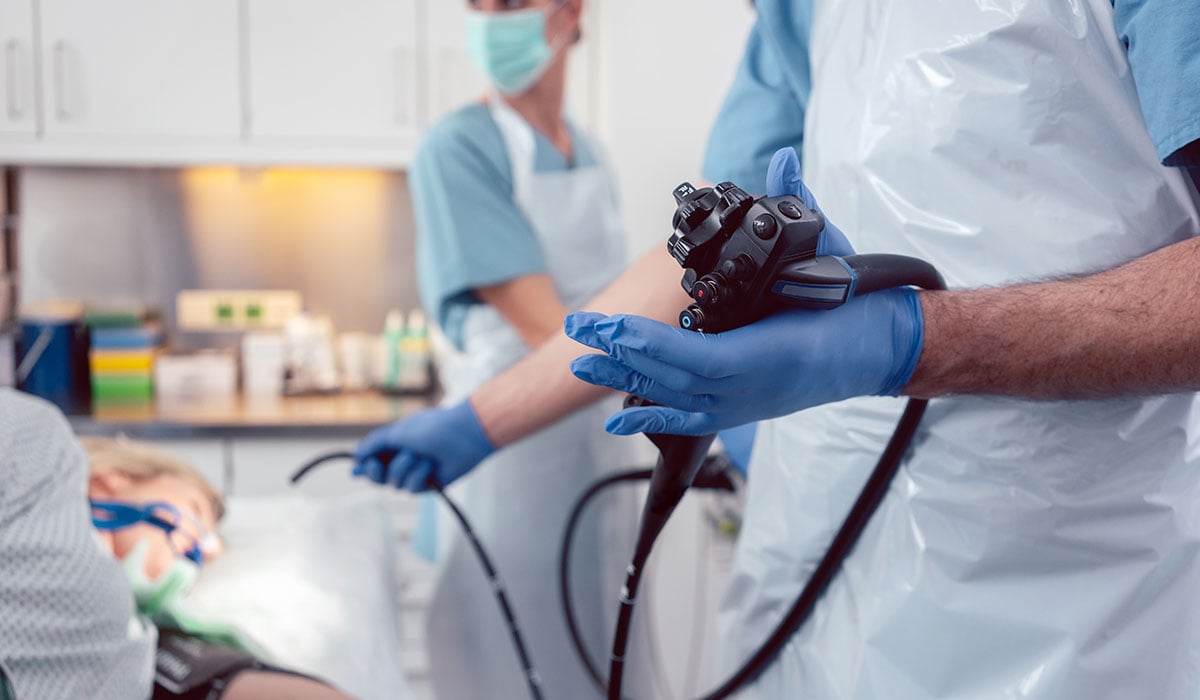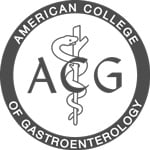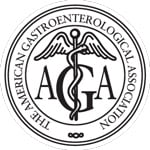If you are experiencing difficulty or pain when swallowing food, you may have a condition that can be treated with esophageal dilation. The following is a helpful explainer about what this procedure involves, the types of conditions it can help treat, and more.
What Is Esophageal Dilation?
The esophagus is a muscular tube that connects your throat to your stomach and transports food and liquids for digestion.
Esophageal dilation is a medical procedure utilizing a scope to stretch (or dilate) sections of the esophagus that have narrowed—a condition known as a stricture. Typically, a gastrointestinal (GI) doctor will recommend it if a stricture in the esophagus is contributing to problems swallowing.
Esophageal dilation is sometimes referred to as esophageal dilatation. Despite different names, however, both procedures are the same.
What Conditions Does Esophageal Dilation Treat?
There are a number of specific conditions that a doctor may recommend esophageal dilation for, including:
- Achalasia
- Benign Esophageal Stricture
- Eosinophilic Esophagitis
- Esophageal Cancer
- Gastroesophageal Reflux Disease GERD
- Peptic Stricture
- Schatzki’s Ring
Note this is not an exhaustive list. Your doctor may also recommend esophageal dilation for other conditions if it’s determined an esophageal stricture is an issue.
Is Esophageal Dilation a Surgery?
Esophageal dilation is minimally invasive, and does not typically require incisions or stitches. Patients remain awake during the procedure, which takes around 15 minutes, and are able to go home the same day.
How Do I Prepare for an Esophageal Dilation Procedure?
Patients are required to fast prior to the procedure, for a minimum of six hours. For this reason, many choose to schedule an esophageal dilation early in the day.
Inform your doctor of any medications you are taking, especially blood thinners. In some cases, your doctor may wish to temporarily adjust its level or cycle to reduce risks of complications.
Claustrophobic patients should inform their doctors prior to the procedure, as a stronger sedative or anesthesia may be required.
What Happens During an Esophageal Dilation Procedure?
Typical steps for the procedure are as follows:
- Administration of local anesthetic (if desired) to your throat. You may also be given a mild sedative to relax.
- Your doctor will insert an endoscope to examine your esophagus. You will be able to breathe normally while the procedure is underway.
- There are three common methods for dilating the esophagus. Your doctor will likely choose one of the following:
- Pneumatic Dilation: A balloon is gradually inflated to open the stricture.
- Guidewire Dilation: A wire is inserted to guide dilators of increasing size to the stricture, to open it.
- Weighted Dilation: An instrument called a bougie is passed down your esophagus to widen the stricture. Increasing sizes may be used to gradually achieve the desired result.
Is Esophageal Dilation Painful?
While minimally invasive, esophageal dilation can cause bruising and soreness. Some patients may experience discomfort during the procedure, and pain when swallowing in the days afterward.
Are There Side Effects or Risks With Esophageal Dilation?
Risks and complications with esophageal dilation are extremely rare. Aside from bruising and soreness afterward, the most common complication is a tear in the lining of the esophagus, leading to bleeding. In a very small percentage of cases, the procedure may cause a perforation in the esophagus lining that requires surgery.
Post-procedure, patients should be alert for symptoms including difficulty with breathing and/or swallowing, chest pain, fever, and bloody or black bowel movements. If any of these occur, patients should notify their doctor immediately.
What Should I Do After Esophageal Dilation?
Immediately following an esophageal dilation, patients are typically monitored for a short period of time to ensure there are no immediate side effects. Following this period, most patients can leave the medical facility and return to their regular daily activities.
Patients should expect some discomfort when swallowing, and consider eating a diet consisting of softer foods, such as applesauce, eggs, pudding and yogurt, for several days following the procedure. It is also important to chew foods thoroughly to make them easier to swallow, and to drink while eating, to help ensure that the food can travel completely through the esophagus.
If you have pain or difficulty when swallowing food, contact Gastroenterology Associates today. We can perform the necessary exams and tests to diagnose and treat your condition. In the event of an esophageal stricture, our doctors can perform esophageal dilation, if deemed necessary. Gastroenterology Associates is conveniently located next to Long Island Center for Digestive Health (LICDH), a New York State-licensed non-hospital out-patient facility dedicated to providing endoscopic services in a comfortable environment.












